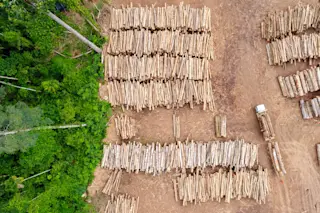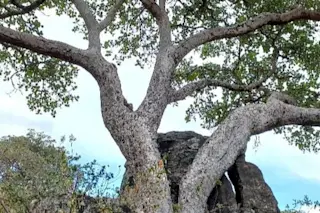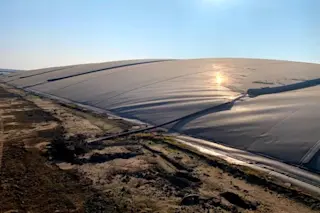Since 1990, an estimated 178 million hectares of forest have been lost worldwide. And one hectare is around 100,000 square feet, making this estimate the equivalent to an area the size of Libya.
From 2015-2020, an estimated 10 million hectares worldwide were deforested each year. Environmental scientists warn that forest restoration is needed, or the environmental impact will be devastating and lead to long-term climate consequences.
Deforestation is the thinning or removal of wooded areas. Historically, forests have been destroyed for a variety of reasons such as creating farm land, grazing areas for livestock or expanding urban areas. Logging and other industries have also been responsible for demolishing woodlands.
After the Ice Age ended, more than 10,000 years ago, glaciers began to recede in some places and melt in others, and modern forests took root and then flourished. Environmental historians say this was also the start of humans altering or ...















